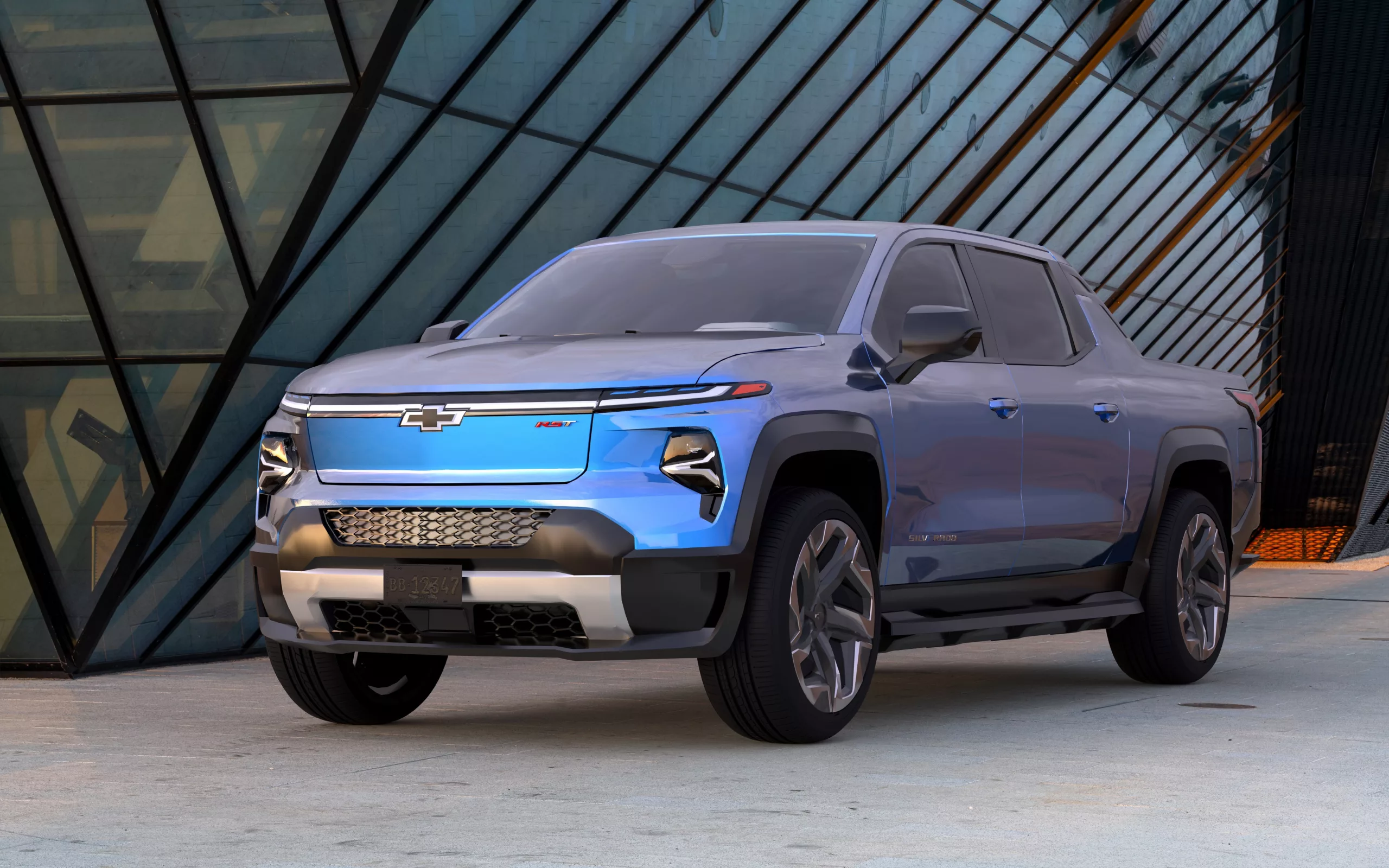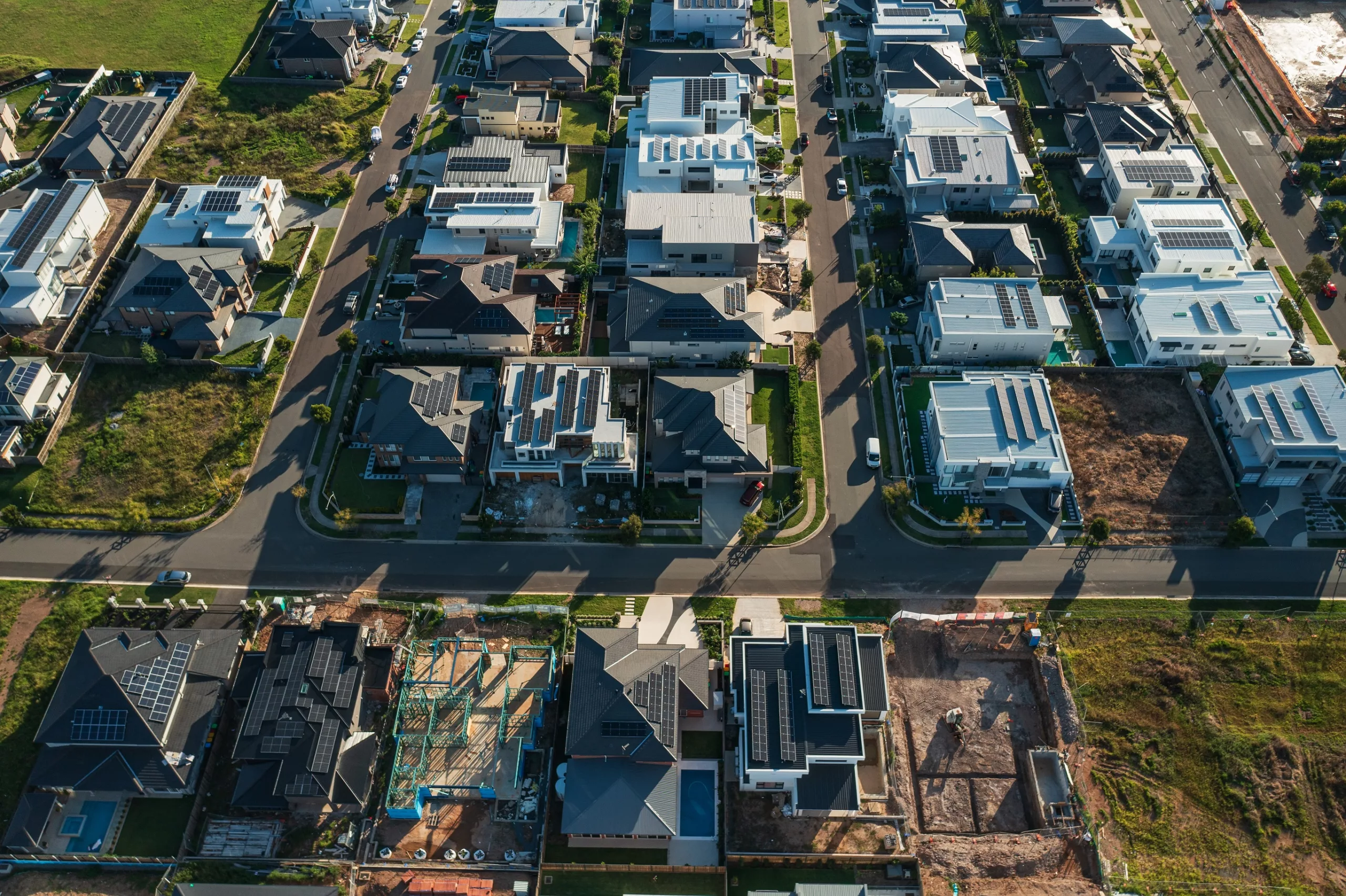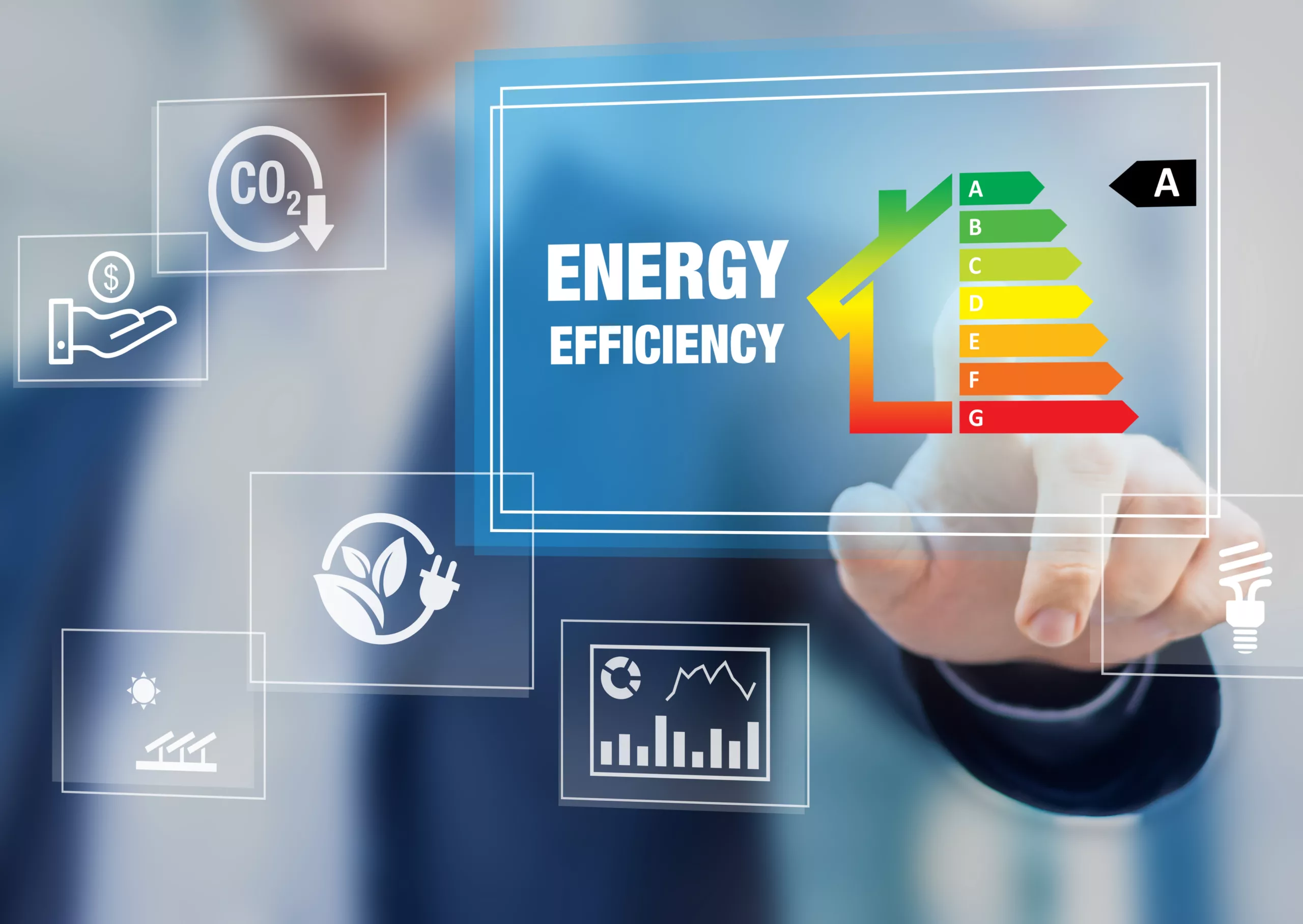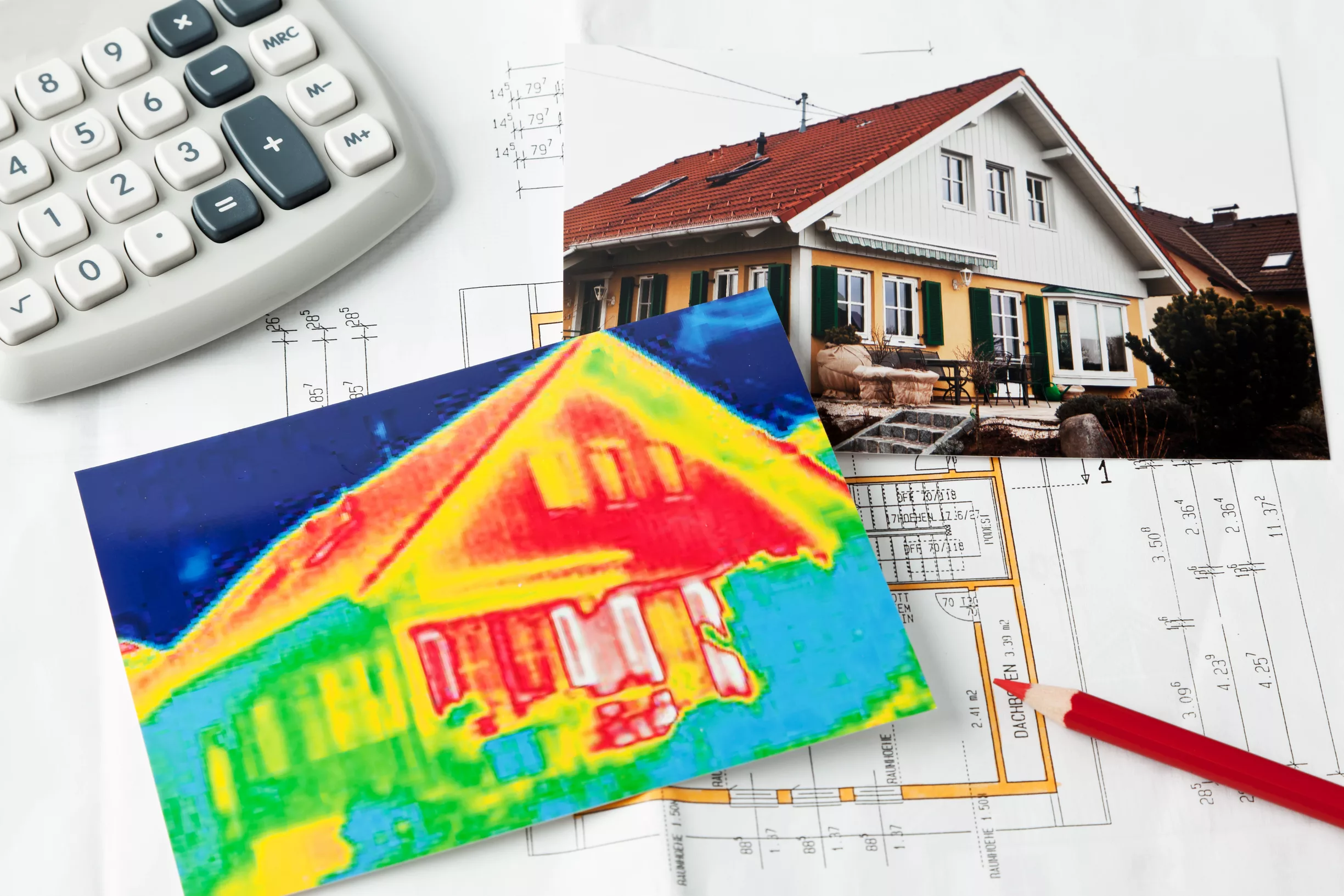December 2023 Newsletter

ICAST Experts Weigh In: 2023 Trends and What to Watch for in 2024
By Ryan Kristoff | Director of Business Development
Mr. Kristoff grows the organization by securing the funding and partnerships necessary to build new programs, expand to new geographies, and add services to its one-stop shop.
THE 30,000-FOOT VIEW
Unsurprisingly, ICAST’s 2023 has primarily focused on the Inflation Reduction Act (IRA) and Bipartisan Infrastructure Law (BIL). We have been collaborating with federal agencies such as the U.S. Depts. of Agriculture, Energy, and Housing and Urban Development (USDA, DOE, and HUD), as well as the Environmental Protection Agency (EPA), to help them understand the need for clean energy solutions in multifamily affordable housing (MFAH) and the value of prioritizing this sector. ICAST’s relationships with these agencies predate IRA and BIL by many years, and we hope to assist in streamlining program delivery and optimizing benefits for MFAH.
The big story in 2024 will be funds moving from the federal government into the states and the program planning processes accompanying that. Dollars will be hitting communities at different times throughout the year, and ICAST has been working with state and Tribal governments to develop plans that ensure benefits for underserved populations. Through this process, streamlining and improving coordination of existing program networks and infrastructure will be crucial to effectively utilizing the influx of funding.
DEEP DIVE
IRA and BIL:
· Timing: Broadly speaking, the funds are moving slower than planned. States are already struggling to spend BIL allocations that have already been dispersed, and the federal government keeps pushing back deadlines to release additional funds from IRA. Government bodies at both levels are experiencing growing pains while trying to hire the necessary staff to administer the new programs. Implementation should speed up as agencies increase their staff capacity and more guidance is provided about how each program will be run and how to meet core requirements around Build America Buy America and Justice40.
- The BIL provided $3.2 billion for the Weatherization Assistance Program (WAP), and while these dollars are starting to move, States have only received part of their allocations and will not see the remainder until they can demonstrate progress with their first allotment. Many States are behind on deployment and are concerned about a future Congress potentially retracting the funds. Read more here

General Motors announced that all of its electric vehicles will have bidirectional vehicle-to-home (V2H) charging capabilities by model year 2026.
The first vehicle to be released with bidirectional V2H charging will be the 2024 Chevy Silverado EV, followed by the 2024 GMC Sierra EV Denali Edition 1, 2024 Chevy Blazer EV, 2024 Chevy Equinox EV, 2024 Cadillac Lyriq, and the upcoming Cadillac Escalade IQ.
The revived Chevy Bolt with Ultium powertrain was not included on the official list, but Derek Sequeira, director for EV ecosystems at GM, said that, as a future Ultium model, it would very likely include bidirectional charging as well. Read more here

South Australia continues to set remarkable new renewable energy milestones, this time with rooftop solar which ate up all the state’s operational demand in the middle of the day on Saturday.
According to the Australian Energy Market Operator, operational demand fell to just 21MW on Saturday, at 1:30 pm, as rooftop solar accounted for the rest of demand.
AEMO said this new minimum demand level was well below the previous minimum of 100MW set last October, and is the lowest operational demand a state has ever reached in Australia’s National Electricity Market. Read more here

ICAST Policy Blog
U.S. Department of Energy (DOE) on Path to Update Energy Efficiency Standards
DOE is required to establish and periodically review minimum energy efficiency standards that products such as light bulbs, clothes dryers, air conditioners, etc., must meet. By law, these standards must save energy, be cost-effective, and be technologically feasible for manufacturers. While energy efficiency standards for numerous products have fallen out of date for several years, federal regulators are working to get them back on track. Per the DOE, finalizing all pending standards would reduce climate pollution by more than 2.4 billion metric tons and save consumers $570 billion from the affected products sold over 30 years.
New Guidance on Zero Energy Ready Homes and Energy Efficient Homes 45L Tax Credit
In September, the IRS released guidance on the 45L tax credit to clarify who is eligible to claim the credit, what the energy savings requirements are for each tier of the credit (e.g., for homes certified under DOE’s Zero-Energy Ready Homes (ZERH) program), and what the requirements are for certification and substantiation. ZERH program requirements vary by housing sector, and new editions of the requirements referred to as program “versions.” In November, DOE released information on project certification according to the various ZERH versions. Read the bulletin to learn more.
Inflation Reduction Act Bonus Mapper Introduced
America is All in, a coalition of leaders from thousands of cities, states, tribal nations, and more, has created a tool to help users determine their eligibility for certain funds available through the Inflation Reduction Act. Read more here

Ravi Malhotra, originally published in NH&RA Tax Credit Advisor, December 2023
At the close of 2023, it’s a certainty that the Inflation Reduction Act (IRA) and Bipartisan Infrastructure Law (BIL) are catalyzing a huge uptick in clean energy projects across the United States. Unfortunately, it’s equally certain that the multifamily affordable housing piece of this pie will be underwhelming, compared to the possibilities.
The indicators of what’s possible are impressive. For example, when passed, the IRA budgeted $330 billion for Investment Tax Credits (ITC) for Renewable Energy. Current estimates put the ITC budget at $1.5 trillion. A handful of states, like Tennessee, elected to utilize their BIL Weatherization Assistance Program (WAP) allocations for statewide, multifamily-focused weatherization programs.
However, 40 other states still don’t allow multifamily housing access to their WAP funds. We as an industry have missed the opportunity to attract approximately $3 billion for green upgrades for multifamily affordable housing. Read more here

In Case You Missed It: ICAST Affiliate Offering New Services for Green Projects
In September, TBL Fund (ICAST’s affiliated Community Development Financial Institution) announced a new bridge loan product to streamline the financing process for its customers’ green projects.
Funds from the Inflation Reduction Act (IRA) and Bipartisan Infrastructure Law (BIL) will not be available forever, and specific dollars, such as the investment tax credit (ITC)) will not reach stakeholders until after the projects are completed and validated. This forces some difficult decisions about the best way to get quick cash. Credits can be transferred or sold to nonprofits, but they lose some of their value in the transfer, and additional funds are needed to hire lawyers and CPAs and purchase insurance. Bottom line: other solutions are necessary to manage the cash flow, so TBL Fund stepped in.
TBL Fund’s bridge loans help stakeholders cover the upfront costs for upgrades and get projects underway. To minimize out-of-pocket expenses, in-house experts help customers access all the incentives, rebates, and credits their projects qualify for. Read more here
Sign Up for the ICAST Newsletter
